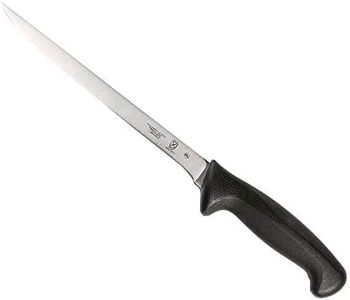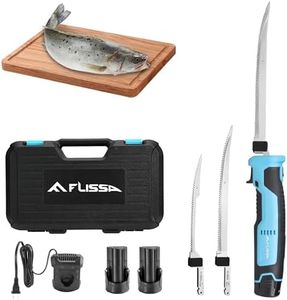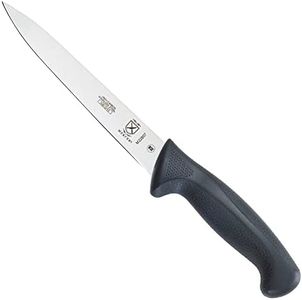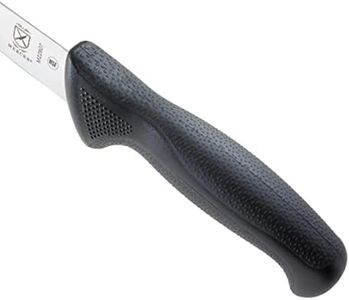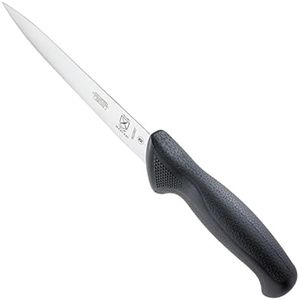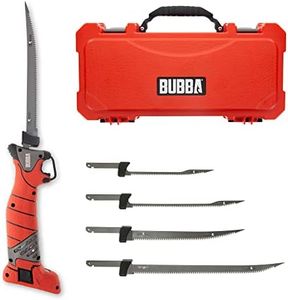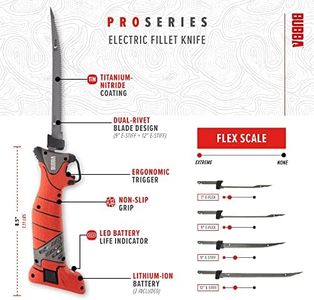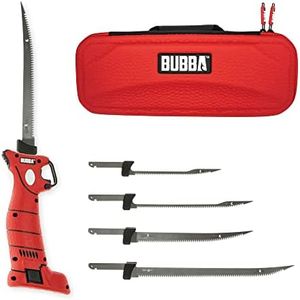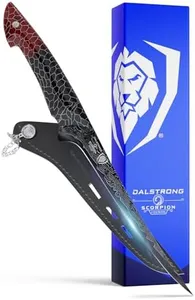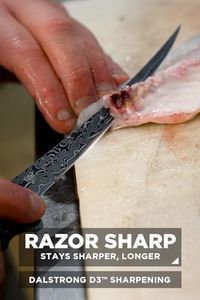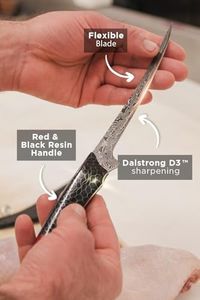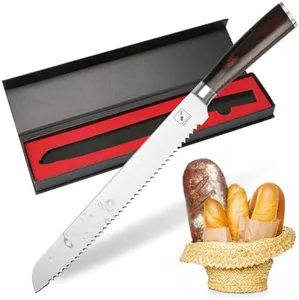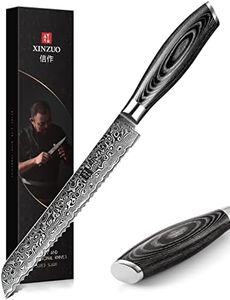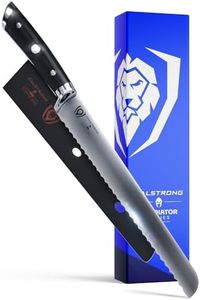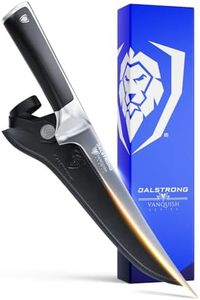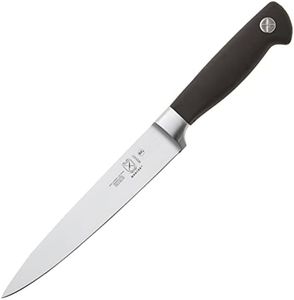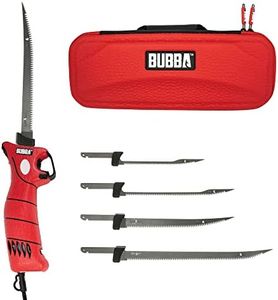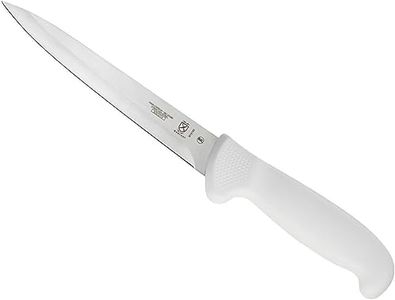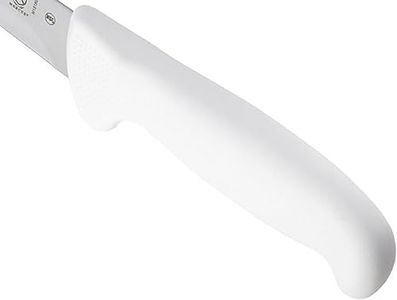Buying Guide for the Best Fillet Knives
Choosing the right fillet knife can make a significant difference in your kitchen, especially if you frequently prepare fish or other delicate meats. A good fillet knife should be sharp, flexible, and comfortable to use. Here are some key specifications to consider when selecting a fillet knife that best fits your needs.Blade MaterialThe blade material of a fillet knife is crucial as it affects the knife's sharpness, durability, and resistance to corrosion. Common materials include stainless steel, high-carbon steel, and ceramic. Stainless steel is popular for its rust resistance and ease of maintenance, making it a good all-around choice. High-carbon steel is known for its sharpness and edge retention but requires more care to prevent rust. Ceramic blades are extremely sharp and rust-proof but can be brittle. Choose a material based on your maintenance preference and how often you use the knife.
Blade LengthBlade length determines the knife's versatility and ease of use. Fillet knives typically range from 6 to 12 inches. Shorter blades (6-7 inches) offer better control and are ideal for smaller fish or precise cuts. Medium blades (8-9 inches) provide a balance between control and versatility, suitable for a variety of fish sizes. Longer blades (10-12 inches) are best for larger fish and making long, smooth cuts. Consider the size of the fish you usually prepare and your comfort level with handling different blade lengths.
Blade FlexibilityFlexibility is a key feature of fillet knives, allowing the blade to bend and maneuver around bones and skin. Flexible blades are excellent for delicate tasks and provide better control for precise cuts. Stiffer blades are more durable and better suited for larger, tougher fish. If you often work with small, delicate fish, a highly flexible blade is ideal. For larger or tougher fish, a stiffer blade may be more appropriate.
Handle MaterialThe handle material affects the knife's comfort, grip, and durability. Common handle materials include wood, plastic, and rubber. Wood handles offer a traditional look and feel but may require more maintenance to prevent damage from moisture. Plastic handles are durable and easy to clean but may not provide the best grip when wet. Rubber handles offer excellent grip and comfort, especially when wet, making them a popular choice for fillet knives. Choose a handle material that feels comfortable in your hand and suits your working conditions.
Handle DesignThe design of the handle impacts the knife's ergonomics and ease of use. Look for a handle that fits comfortably in your hand and provides a secure grip. Ergonomic designs with contours and non-slip textures can reduce hand fatigue and improve control. Some handles also feature finger guards for added safety. Consider how the knife feels in your hand and whether the design supports your cutting style and comfort.
Edge TypeThe edge type of a fillet knife can affect its cutting performance. Most fillet knives have a straight edge, which is ideal for making clean, precise cuts. Some knives may have a serrated edge, which can be useful for cutting through tougher skin or scales. However, serrated edges are less common for fillet knives. Choose an edge type based on the type of fish you typically prepare and your preference for cutting style.

